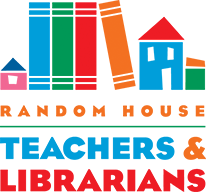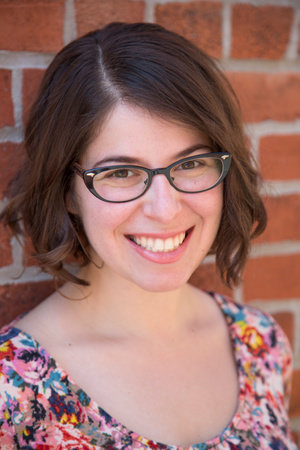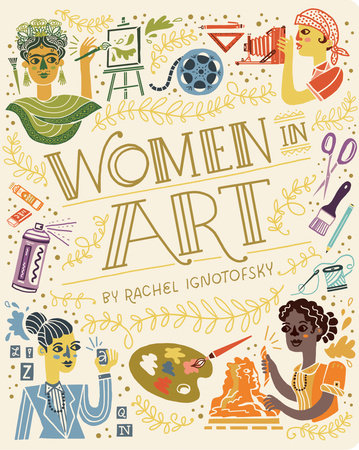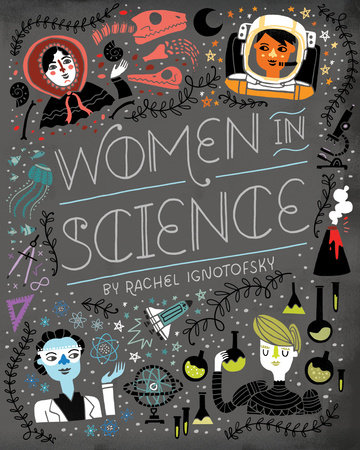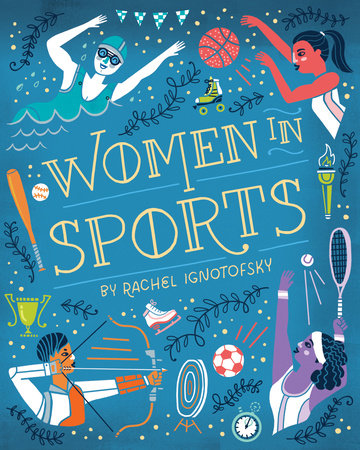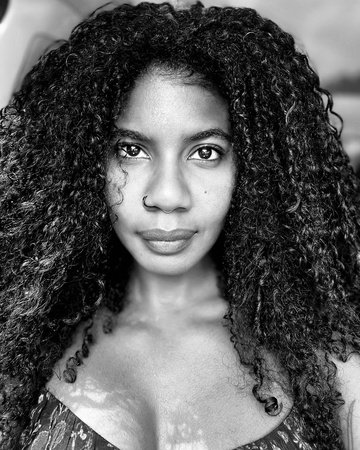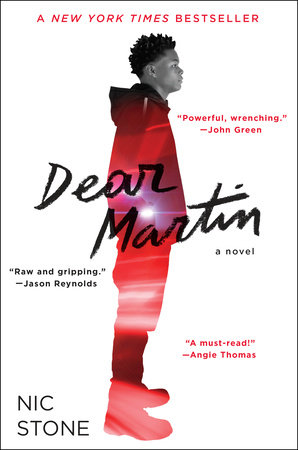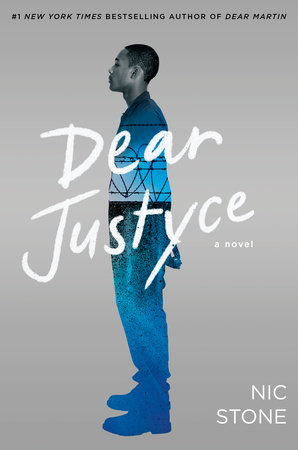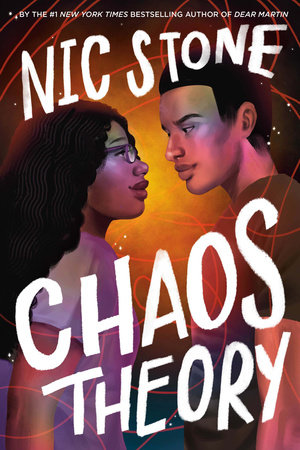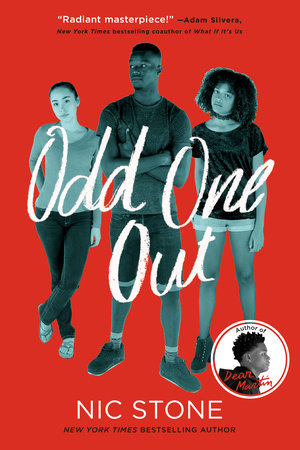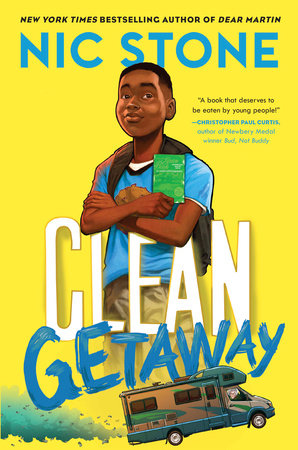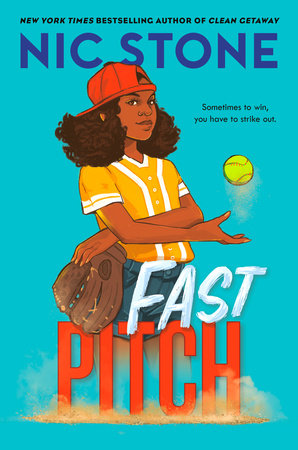Creator Spotlight: Rachel Ignotofsky

What's Inside a Caterpillar Cocoon? By Written and Illustrated by Rachel Ignotofsky
With warm and heart-fluttering illustrations, discover the next nonfiction picture book about butterflies and moths from the creator of the New York Times bestseller Women in Science!
Butterflies soar in the sunlight. While moths flutter under the moon and stars.
Find out more about these mysterious and majestic insects similarities and differences, and their awestrucking metamorphosis!
Rachel Ignotofsky's distinctive art style and engaging, informative text clearly answers any questions a child (or adult) could have about butterflies and moths in this nonfiction picture book series.
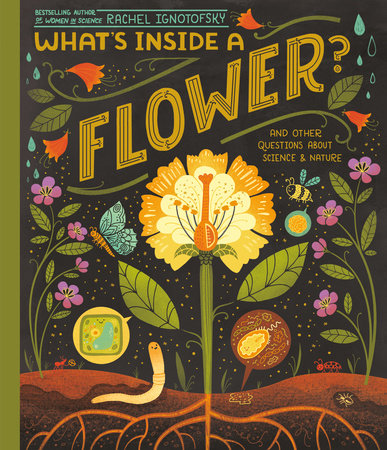
What's Inside A Flower? By Written and Illustrated by Rachel Ignotofsky
From the creator of the New York Times bestseller Women in Science, comes a nonfiction picture book series ready to grow young scientists by nurturing their curiosity about the natural world--starting with what's inside a flower.
Budding backyard scientists can start exploring their world with this stunning introduction to these flowery show-stoppers--from seeds to roots to blooms. Learning how flowers grow gives kids beautiful building blocks of science and inquiry.
In the launch of a new nonfiction picture book series, Rachel Ignotofsky's distinctive art style and engaging, informative text clearly answers any questions a child (or adult) could have about flowers.
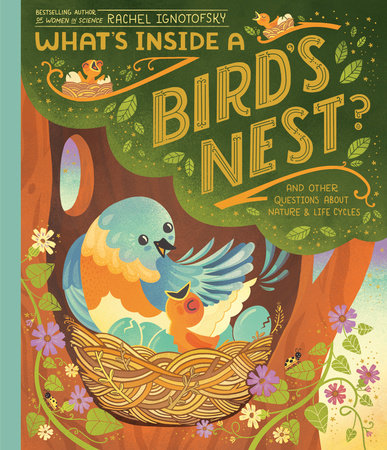
What's Inside A Bird's Nest? By Written and Illustrated by Rachel Ignotofsky
Discover the next nonfiction picture book about eggs, nests, and birds from the creator of the New York Times bestseller Women in Science, Rachel Ignotofsky!
Want to learn more about the bird that chirps outside your window? Ignotofsky crafts a perfect read out loud with a touch of humor and compassion for our friends with wings in the sky!
Find out more from the moment they hatch, to how they create their homes in this perfectly detailed and soon-to-be springtime favorite read!
Rachel Ignotofsky's beautiful, distinctive art style and engaging, informative text clearly answers any questions a child (or adult) could have about birds, eggs, and nests in this nonfiction picture book series.
